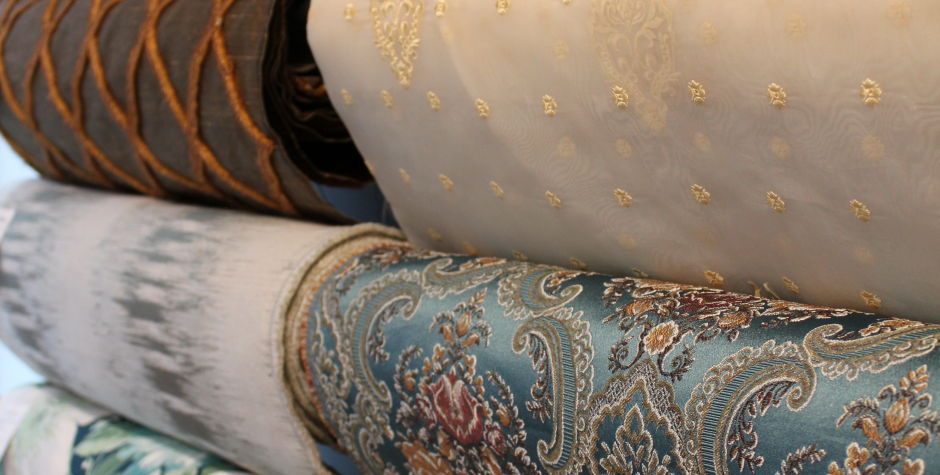Fabric care
October 14, 2015 | By admin |
Cotton is the most widely used fiber in decorative fabrics and for good reason.We recommend that almost all decorative cotton fabrics be professionally cleaned. Although cotton is often washable, there are three good reasons NOT to wash decorative fabrics of 100% cotton or cotton blends: first, shrinkage may occur; second, washing may affect the dyes used to create the fabric; and third, washing may remove some of the finish, changing the hand and appearance of the decorative fabric . The one exception to the no-washing guideline for cottons is if you want a relaxed, casual, slightly wrinkled look for unlined bed coverings or slipcovers and if you don’t care if the fabric fades a bit or loses some of its stain repellent features.
Linen, the oldest textile fiber, comes from the stem of the flax plant. Linen is a versatile natural fiber that adds wonderful texture and a great deal of strength to a fabric. It is a versatile natural fiber that adds wonderful texture and a great deal of strength to a fabric. Linen is noted for its strength, slubbed texture, resistance to sun rot and lack of pilling problems. Linen window treatments should be drawn with a wand or a cord to prevent wrinkling, rather than handling the fabric directly.
Silk should be professionally cleaned or dry cleaned only. Spot cleaning is not recommended and using water may leave a permanent water spot.
Silk drapery panels should always be lined, and preferably interlined, for protection against sun damage. Window treatments of silk should be gently vacuumed regularly to keep dust off the surface of the fabric.
Velvet and mohair offer special cleaning challenges because of the pile and nap of the fabric.The pile consists of short yarns woven into the backing fabric; this creates the plush surface of velvet and mohair. The nap refers to the direction of the pile. Velvet upholstery responds well to damp fluffing and brushing, a light professional cleaning technique.Note that the color of velvet or mohair will appear to change depending on the direction of the nap so be sure to look at the fabric from the right angle with this in mind
Prints of 100% acrylic or 100% spun polyester are naturally soil and stain resistant. Stains can usually be removed with a mild soap-and-water solution. Do not use bleach on printed acrylic fabrics, as it will fade the printed pattern.
Back

